Athena Energy, an offshoot of Singapore-based developer Metis Energy, announced major changes have been made to the size and scope of the proposed Bendemeer Solar Farm project to address raised during the exhibition of the Environmental Impact Statement (EIS).
The project, being developed near the township of Bendemeer in the heart of the New England Renewable Energy Zone (REZ), is to include a 200 MW solar farm and 150 MW / 300 MWh battery energy storage system.
The solar and storage project is part of the proposed $1.2 billion (USD 770 million) Bendemeer Renewable Energy Hub which could also include the development of a 360 MW wind farm on the site, with approvals for this being progressed separately.
Athena has however now unveiled a string of design refinements for the solar and battery project after it received a total of 244 submissions during the EIS exhibition period, including 118 submissions that were classified as being in objection to the project.
The main themes of the objections related to environmental and social impacts, with some respondents asserting the project would devalue the surrounding properties, be visually unappealing, and/or result in impacts to the agricultural industry and productivity of the land.
In response to those submissions, Athena said considerable changes have been made to the proposed project to reduce potential impacts in relation to visual amenity, noise, and biodiversity.
“We are committed to ensuring that our renewable energy projects integrate seamlessly into the local landscape,” the developer said.
“The amended project has been carefully designed and sited to further minimise environmental and social impacts in consultation with the community and relevant stakeholders.”
The amendments include changes to the size and location of the solar array, battery energy storage system, substation, switchyard, and O&M compound.
The project grid connection alternating current (AC) capacity remains the same at 200 MW, however the direct current (DC) capacity has been reduced from 280 MW to 257 MW.
The project footprint has also been reduced by 23%, down from 476.6 ha to 369.2 ha, a change that has resulted in the number of PV modules to be installed being reduced by 18%, from 430,000 to 354,330. In another nod to visual amenity, refinement of the PV module tracking structures and mounting configuration has resulted in the solar array height being reduced from 4.2 m to 2.66 m.
The size of the battery energy storage system (BESS) remains the same, however the proposed battery type has been updated from Lithium Iron Phosphate (LFP) technology over Nickel-Manganese-Cobalt (NMC), a refinement that has enabled the BESS area to be reduced from 3.2 ha to 1.9 ha.
The amended design is now being assessed by the NSW government. If the project is approved and constructed, it is expected to generate approximately 577,000 MWh of clean energy per year, enough to power about 74,000 NSW homes per annum.
It is also expected to generate up to 307 jobs through the construction period and benefit the regional economy by introducing $162 million in annual direct and indirect output during the build phase.
This content is protected by copyright and may not be reused. If you want to cooperate with us and would like to reuse some of our content, please contact: editors@pv-magazine.com.
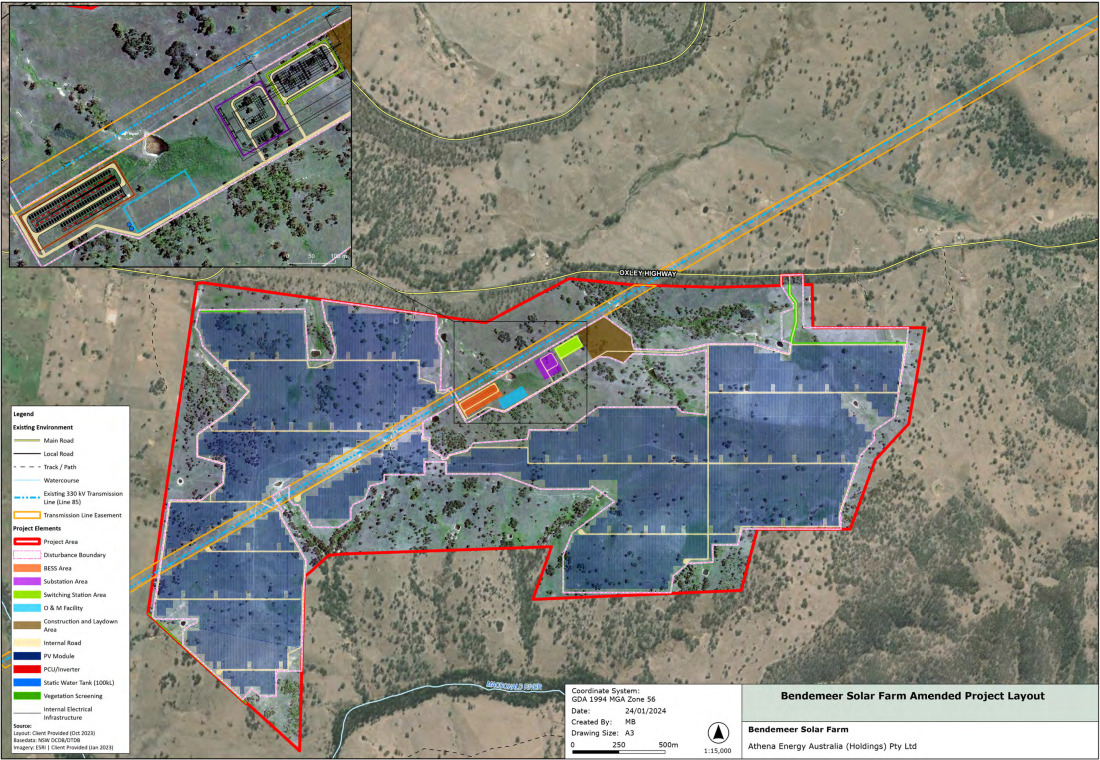
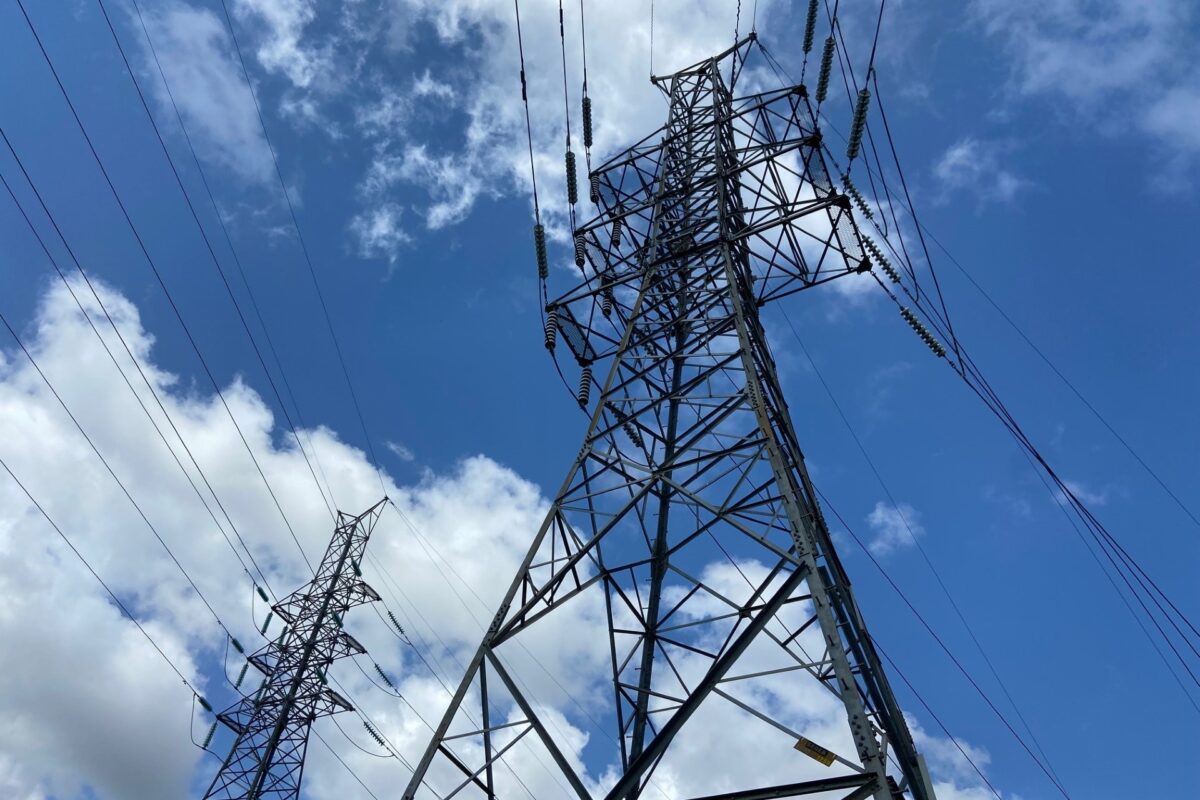


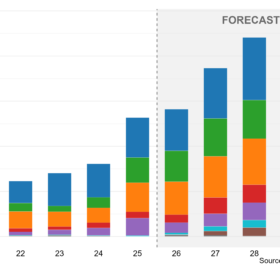
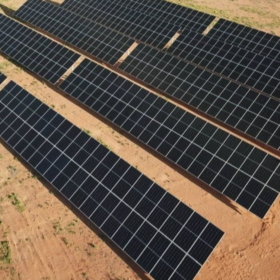
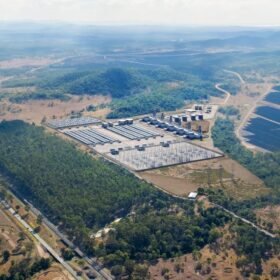
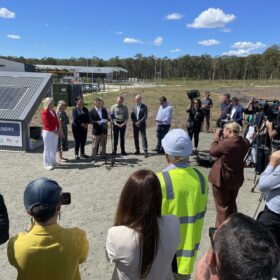
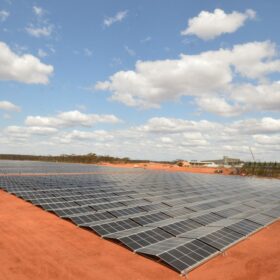
Most objectors are LNP Luddites and lobbyists from out of region.